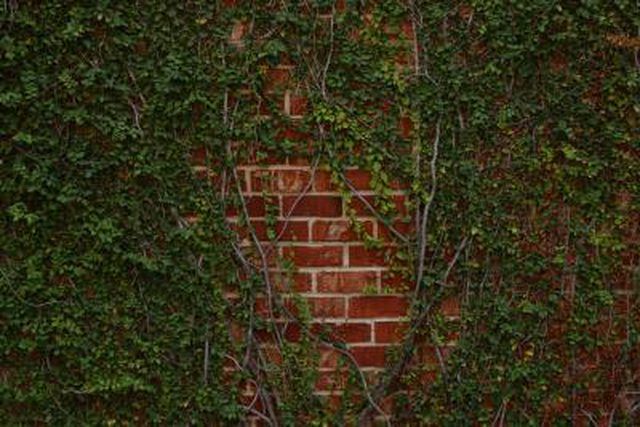Bulbs
Flower Basics
Flower Beds & Specialty Gardens
Flower Garden
Garden Furniture
Garden Gnomes
Garden Seeds
Garden Sheds
Garden Statues
Garden Tools & Supplies
Gardening Basics
Green & Organic
Groundcovers & Vines
Growing Annuals
Growing Basil
Growing Beans
Growing Berries
Growing Blueberries
Growing Cactus
Growing Corn
Growing Cotton
Growing Edibles
Growing Flowers
Growing Garlic
Growing Grapes
Growing Grass
Growing Herbs
Growing Jasmine
Growing Mint
Growing Mushrooms
Orchids
Growing Peanuts
Growing Perennials
Growing Plants
Growing Rosemary
Growing Roses
Growing Strawberries
Growing Sunflowers
Growing Thyme
Growing Tomatoes
Growing Tulips
Growing Vegetables
Herb Basics
Herb Garden
Indoor Growing
Landscaping Basics
Landscaping Patios
Landscaping Plants
Landscaping Shrubs
Landscaping Trees
Landscaping Walks & Pathways
Lawn Basics
Lawn Maintenance
Lawn Mowers
Lawn Ornaments
Lawn Planting
Lawn Tools
Outdoor Growing
Overall Landscape Planning
Pests, Weeds & Problems
Plant Basics
Rock Garden
Rose Garden
Shrubs
Soil
Specialty Gardens
Trees
Vegetable Garden
Yard Maintenance
How to Remove a Creeping Fig
How to Remove a Creeping Fig. Creeping fig (ficus pumila) -- also known as climbing fig and creeping ficus -- is a decorative vine that grows in thick thatches on the sides of buildings, fences and homes. While the climbing fig has visually appealing aesthetics, it can also be a destructive nuisance. Typical of most climbing vines, removing the...

Creeping fig (ficus pumila) -- also known as climbing fig and creeping ficus -- is a decorative vine that grows in thick thatches on the sides of buildings, fences and homes. While the climbing fig has visually appealing aesthetics, it can also be a destructive nuisance. Typical of most climbing vines, removing the creeping ficus requires diligence. The key is to purge the plant from the bottom up.
Things You'll Need
Pruning Sheers
Ficus pumila specific herbacide
8-inch plastic putty knife
Dish soap
5-gallon bucket
Plastic bristle brush
Pressure washer
Cleaning detergent for water stain removal
Cut the vines of the climbing fig at the base just above ground. Clear away enough foliage to easily access the base of the vines, but do not pull the vines from the side of the structure. Allow the vines to dry for one week.
Saturate the ground beneath the vines with herbicide per the manufacturer's instructions immediately after cutting the vines. Kill the vines at the root level or the climbing fig simply grows back. Do not use herbicide prior to cutting the base of the vines. Once dry and brittle, the vines are more difficult to cut.
Pull the vines off the structure by hand after they dry for a week. Dehydrated vines loose a relative amount of their tack and are less likely to snap than moist vines. Crape the suckers of the vines off the side of the structure with a plastic putty knife. Immediately rinse the side of the building to saturate the dark tack left from the suckers. Scrub the side of the structure with a plastic bristle brush once the tack is sufficiently moist.
Spray the side of the structure with a pressure washer. Use a cleaning detergent to completely remove the stains from the vine's tack.